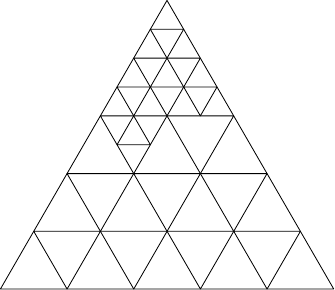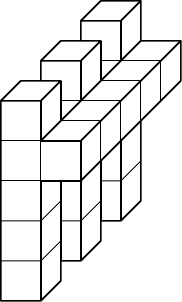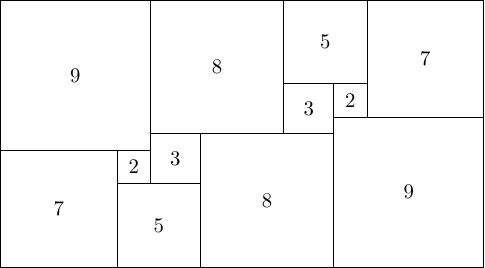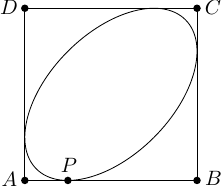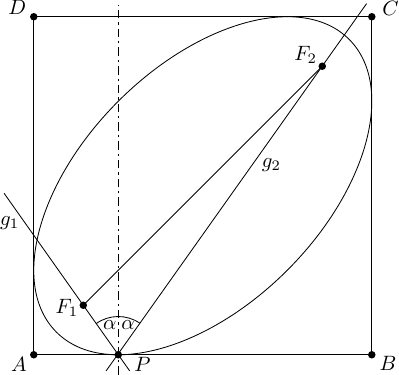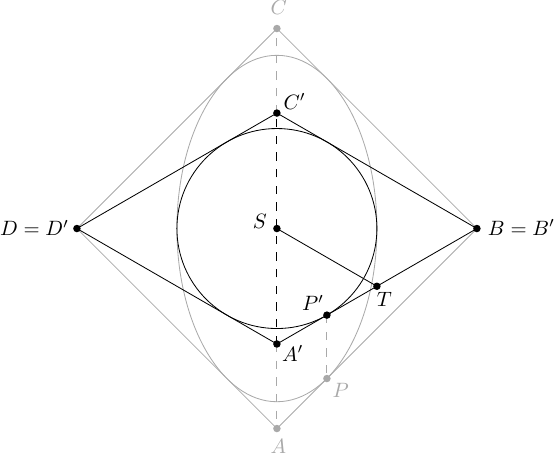Problem 1
Little Peter is a cool guy, so he wears only pairs of socks consisting of two socks of different colours. There are red, green, and blue socks in his wardrobe in an unlighted cellar room. Peter takes one sock after the other out of the wardrobe without being able to recognize its colour. What is the minimum number of socks he has to take out if he needs to get eight two-coloured pairs of socks? Note that one single sock must not be counted in two different pairs. Answer: If Peter pulls out all the green socks and seven red socks, he cannot form eight pairs as desired, so is not sufficient. But if he takes out socks, there are at least socks of one colour and at least ones not having this colour among them, which enables him to form eight two-coloured pairs of socks.Solution


